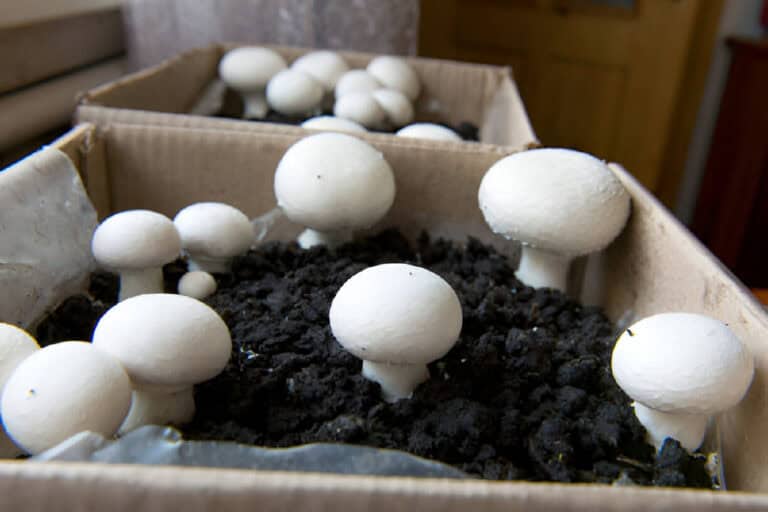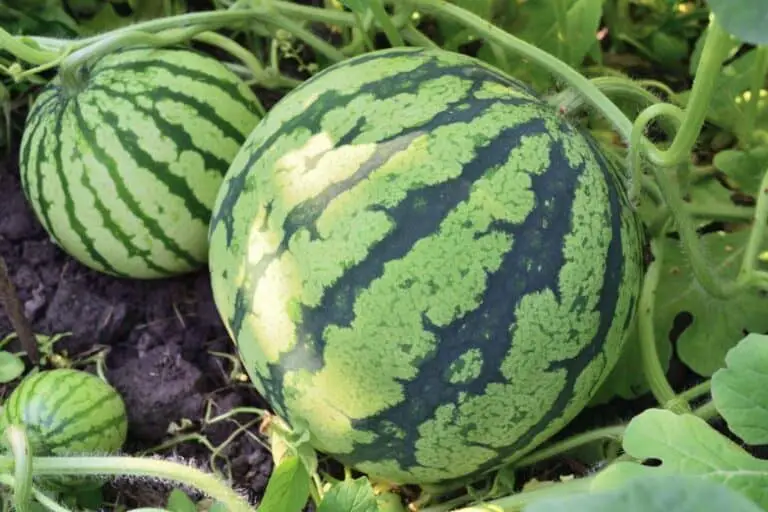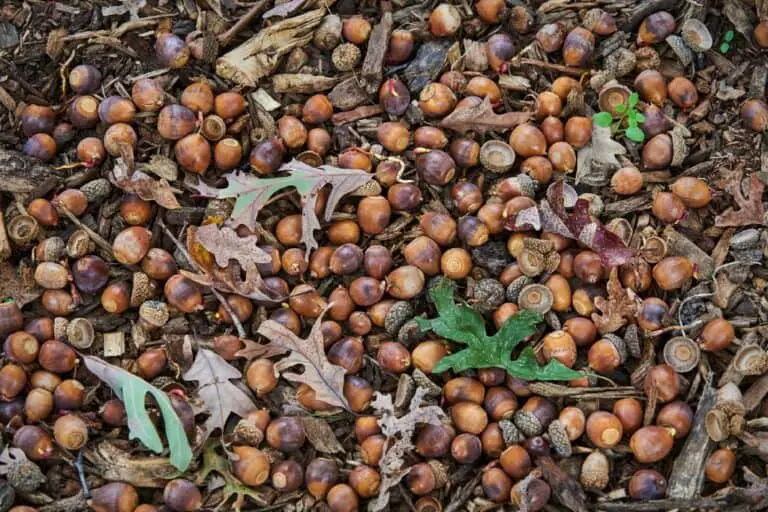Harvesting Mint After It Flowers: Dos and Don’ts
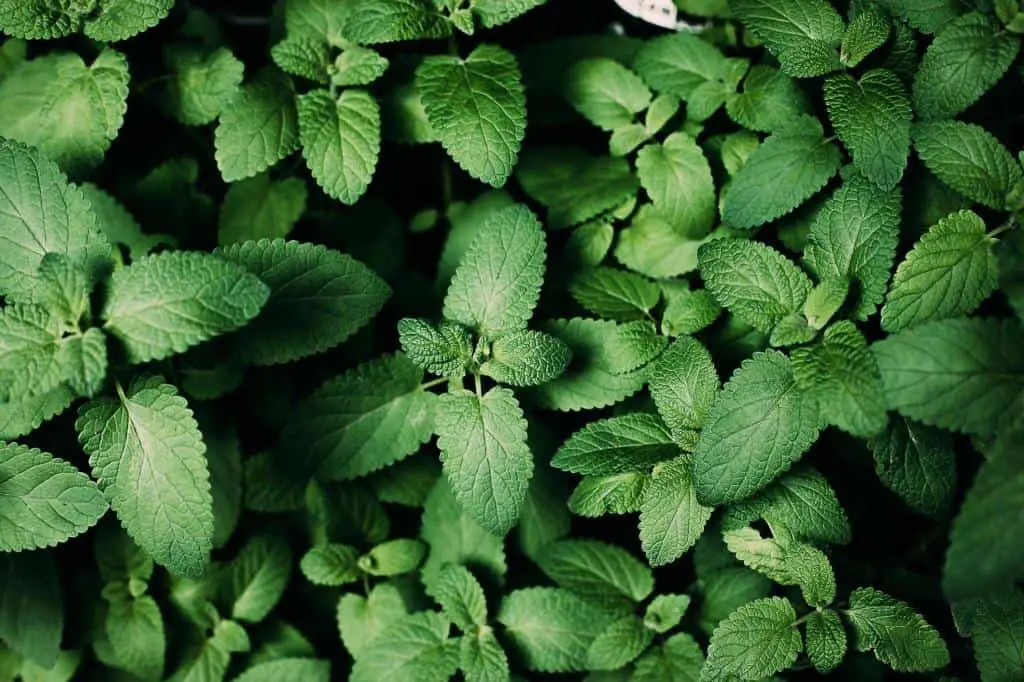
Imagine walking through a field of mint plants that are all blooming, and the air is filled with the fresh scent of spearmint and peppermint. The bright purple and white flowers gently sway in the wind, which is a sign that summer is here. Most gardeners pick mint leaves before they flower to get the best flavor, but once the flowers come out, there is a hidden gem waiting to be found.
If you harvest mint after it flowers, you can add a whole new level of complexity and depth to your food, but you need to be very careful and use the right methods. Let us talk about the right and wrong ways to collect mint after it flowers. We will look at the best ways to keep its essence while getting the most out of it in different situations.
Understanding Mint Flowering
Mint, like many herbs, has a natural lifecycle that includes flowering. Mint plants are perennial and flower every summer. Flowering is part of the mint plant’s life cycle. It helps reproduction by making seeds. These seeds can grow new mint plants the next year.
When a mint plant blooms, it sends up tall spikes adorned with clusters of small flowers, adding beauty to your garden or herb patch. However, for those who mainly grow mint for cooking, flowers raise questions about usability and flavor.
Mint plants usually flower when the temperature is high, typically in midsummer, and continue to bloom until autumn. The flowers are small and can be white, purple, pink, or lilac. Flowering does not signal the death of the mint plant, but it may have diminished minty flavor. To delay or avoid flowering, it is recommended to maintain optimum temperatures and prune the plant regularly
Dos of Harvesting Mint After Flowering
- Harvest Before Flowers Fully Bloom: While it’s safe to harvest mint after it flowers, it’s best to do so before the flowers reach full bloom. At this stage, the leaves still contain the maximum amount of essential oils, resulting in the best flavor and aroma.
- Trim Flowering Stems Regularly: This will encourage leaf growth and prevent the plant from becoming leggy. This practice redirects the plant’s energy toward producing new foliage rather than focusing on seed production.
- Choose Young Leaves for Optimal Flavor: When harvesting mint after flowering, opt for young leaves located near the top of the plant. These leaves tend to have the most intense flavor and aroma, making them perfect for culinary applications.
Don’ts of Harvesting Mint After Flowering
- Avoid Harvesting Once Seeds Form: Once mint flowers make seeds, the leaves may lose some of their flavor and aroma. Avoid harvesting the leaves at this stage, as they may taste bitter or less vibrant.
- Refrain from Removing All Flowers: Cutting flowers helps leaves grow. But, don’t remove all of them. Bees and other pollinators rely on mint flowers for nectar, making them valuable for the overall health of your garden ecosystem.
- Don’t Delay Harvesting: Mint leaves are at their peak flavor and aroma when harvested young and tender. Delaying harvesting may result in tougher leaves with a milder taste, so aim to harvest regularly to maintain optimal flavor.
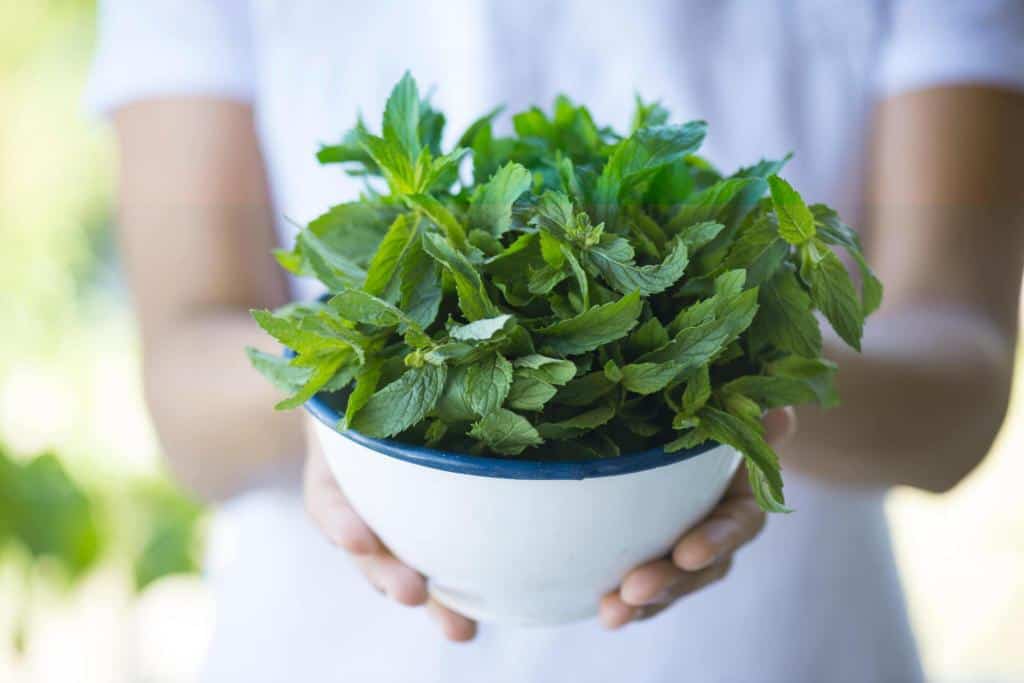
Does Mint Regrow After Cutting?
Wondering if mint regrows after cutting? The answer is a resounding yes! Mint is known for its vigorous growth and ability to bounce back even after being cut back. Here’s how you can propagate mint from cuttings:
- Take Cuttings: Using sharp scissors or pruning shears, cut stems of mint that are about 3 to 5 inches long (8-10 cm). It’s crucial to make clean cuts to ensure the health of the plant.
- Prepare the Cuttings: Once you’ve taken your cuttings, remove at least two or three leaves from the lower part of the stem. This helps expose the nodes, where new growth will emerge. However, be sure to leave the top leaves intact, as they will provide essential energy for the cutting to root and grow.
- Encourage New Growth: After preparing the cuttings, you’ll want to place them in a suitable growing medium, such as potting soil or water. Keep the cuttings in a warm, sunny location, and ensure that the growing medium remains consistently moist. Within a few weeks, you should start to see new growth emerging from the nodes, indicating that the cuttings have successfully taken root.
Why Is My Mint Growing Sideways?
If you’ve noticed your mint plants growing sideways instead of upward, there could be a few reasons behind this behavior. Mint plants tend to spread sideways, not up. This is especially true if they’re not pruned. Trimming the tops of the plants encourages them to branch out sideways, creating a fuller and more compact growth habit.
This pruning technique prevents the mint from becoming leggy. It also encourages the growth of stronger stems and leaves.
In addition to pruning, ensuring that your mint plants get enough water is crucial. It is key to keeping them healthy and productive, especially during dry spells. Mint plants have shallow root systems and can quickly become stressed if they don’t receive enough moisture. Water them often. This is especially important if they’re in containers, where the soil dries quickly. It keeps the plants lush and vibrant.
If your mint plants are in pots, you must also feed them regularly. This will replace nutrients lost from frequent watering and rapid growth.Feeding your mint plants with balanced fertilizer ensures they have the key nutrients. The nutrients are needed for healthy growth and development.

